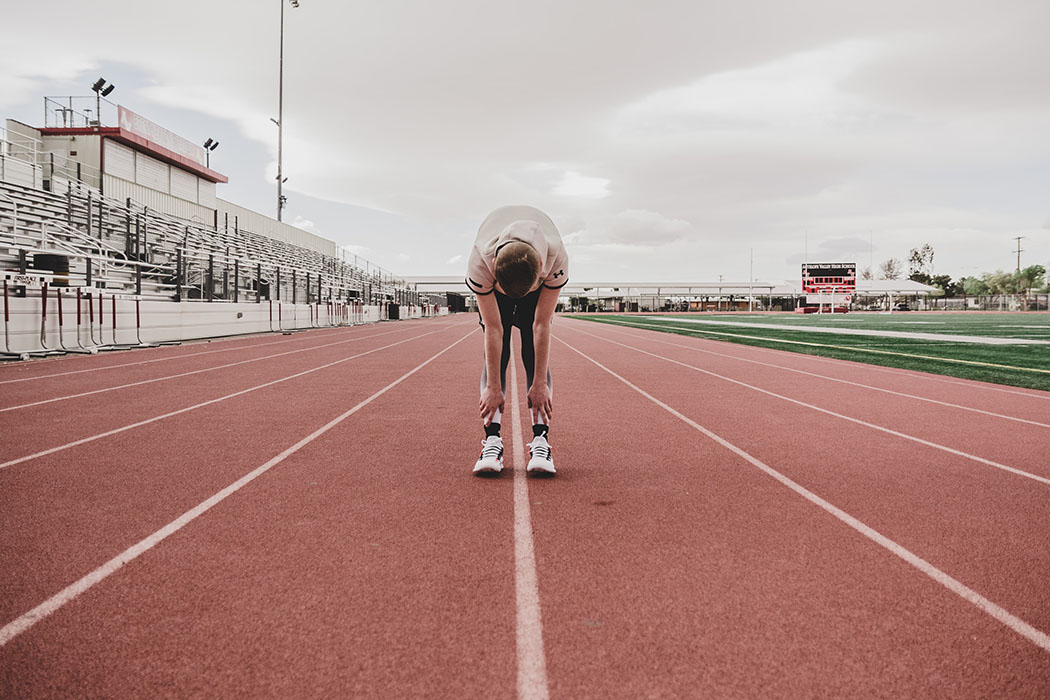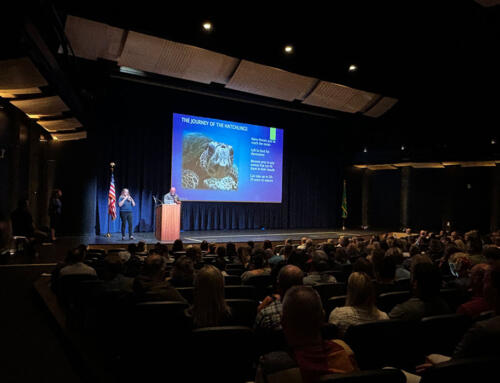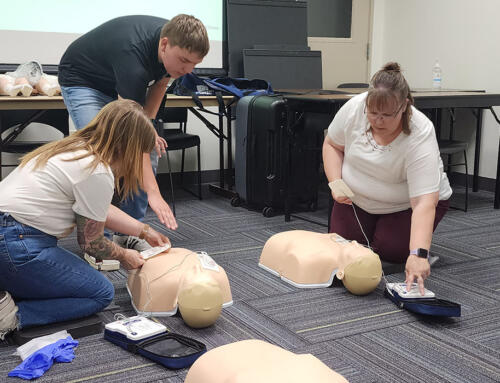1. Talk to your athlete
Ensure your athlete understands that he/she should chat with you and look for help if encountering a pain or something that doesn’t feel right.
2. Schedule a preseason physical
A preseason physical is always a good idea to decide if your young competitor is fit to play.
3. Encourage varied sports or types of exercises
Parents or guardians should consider the number and types of sport or exercises in which their child is taking part. Over scheduling can be draining and hard on the body. Switch up the routine sometimes as well, as to not over-stress specific muscles or parts of the body.
4. Stress the importance of warming up
Warm muscles are best for avoiding injury. The athlete may simply begin his or her game gradually or practice an explicit warm-up suited for the sport. Stretching is a good idea to avoid tweaking a muscle or causing injury. The athlete should be aware of the multiple types of stretches. Toe touches and similar stretches, where you hold the pose for a specific measure of time, are viewed as static, while jumping jacks, where the body keeps on moving while stretching, are seen as dynamic.
5. Ensure the athlete gets plenty of rest
The most well-known injuries found in youthful athletes are from overuse – an excessive number of games with insufficient rest. While many competitors think the more they train, the better they’ll play, but this is a misguided judgment. Rest is of the utmost importance. Rest can make you more grounded and forestall injuries. To avoid overuse, guardians can design an offseason for their competitor, giving the youngster sufficient time to recover before the following season.
6. Develop a sound, nutritional eating routine
It’s imperative for competitors to have an established eating plan loaded with organic products, vegetables, and lean proteins, designed to fuel their body for the sport being played. Athletes should keep up a regular routine even in the off-season.
7. Underline hydration
Heat-related injuries are a genuine concern for competitors, particularly amid hot and humid days. Guardians should ensure their kids have adequate water before, during, and after play. Be sure to watch for any indications of a heat-related sickness, including exhaustion, queasiness, retching, confusion, or blacking out.
8. Provide the correct gear
Protective gear, such as pads, helmets, and proper shoes, are imperative for sometimes hazardous sports. Guardians should consult with experts before the season begins, so they have adequate time to equip their athletes before practices start.
9. Underscore the importance of the rules
In each game, there is a right way and a wrong way of getting things done. Any individual who takes an interest in a physical game must learn to play by the rules, which are structured to prevent injuries, among other things. Unfortunately, one time is all your competitor needs for muscle or joint damage to occur. These guidelines are there to keep competitors sound. Know them. Follow them.
10. Watch for injuries and get medical attention as early as possible
If guardians see a difference in their competitor’s play, for example, a limp when running, tossing oddly, or injuring a leg on the field, they should examine the athlete immediately. If the issues persist, guardians should check with a physician for their youngster before playing again. Pain is how the body alerts us to issues. Pay attention to the signs and address the issues as soon as you can.
See a specialist for sports-related injuries when your athlete:
- Consistently has pain during or after games
- Has persistent or new swelling around a joint
- Shows intermittent weakness – joints “give way”
- Experiences noises coming from the joints accompanied by pain (non-painful pops are OK)
- Has pain that does not subside with rest
Regardless of whether your youngster plays sports competitively or for fun and exercise, he or she would prefer not to be sidelined by injury. Follow these guidelines to avoid injury regardless of what sport you play.





 ESD 112 equalizes educational opportunities for learning communities through innovative partnerships, responsive leadership, and exceptional programs.
ESD 112 equalizes educational opportunities for learning communities through innovative partnerships, responsive leadership, and exceptional programs.